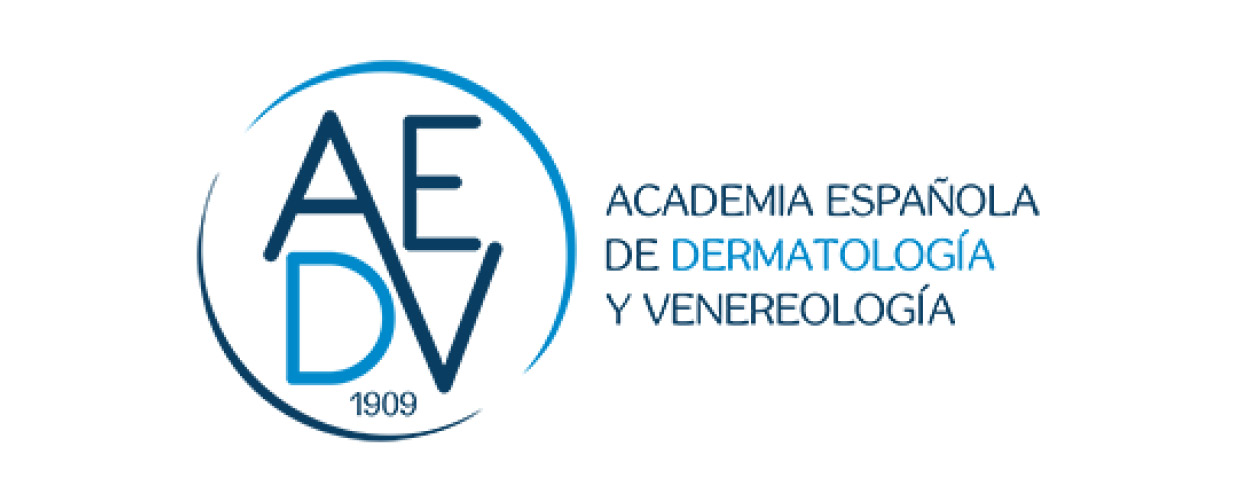VOLTAR
IMCAS World Congress 2022
IMCAS World Congress 2022
Programa
Adaptar ao meu fuso-horário a agenda da aula/congresso transmitida ao vivo
Fuso-horário de referência: (UTC+02:00) Europe, Paris
S007
All you need to know about complex alopecias: areata & cicatricial alopecias (in collaboration with AEDV)
Sala: Room 143 - Level 1
Data: sexta-feira 3 junho 2022 de 10:30 às 12:00
Formato: FOCUS SESSION > lectures covering a major topic of the congress
Data: sexta-feira 3 junho 2022 de 10:30 às 12:00
Formato: FOCUS SESSION > lectures covering a major topic of the congress
Apresentações desta sessão
| Horas | Palestrantes | Título da apresentação | Resumo | Número |
| 10:30 | Introduction | 110790 | ||
| 10:32 | Management of extensive alopecia areata | Visualizar | 110791 | |
| 10:44 | New drug delivery approaches for alopecia aerata and other alopecias | Visualizar | 110792 | |
| 10:56 | Pathogenesis and management of frontal fibrosing alopecia | 113237 | ||
| 11:08 | Discussion | 113792 | ||
| 11:18 | Adipose tissue and cicatricial alopecias | 110793 | ||
| 11:30 | Utility of follicular unit excision and activity of histopathologic diseases in cicatricial alopecia | 113793 | ||
| 11:42 | Discussion and Q&A | 110795 | ||









